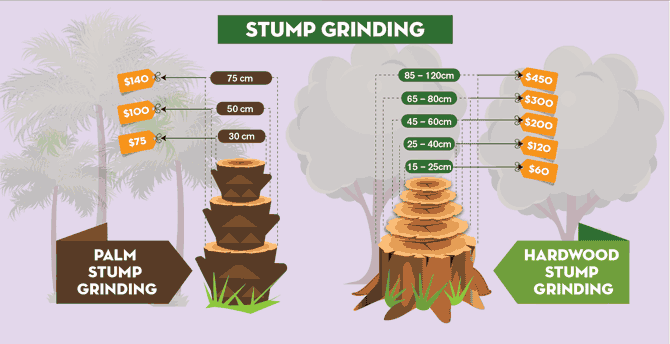Indicators That Tree Elimination Is Required: Identifying Dangerous Trees
Indicators That Tree Elimination Is Required: Identifying Dangerous Trees
Blog Article
Material Writer-Harrell Enemark
When it comes to tree care, recognizing the signs that it's time for removal is crucial for your safety and home. You could notice stained leaves, wilting branches, or odd fungal developments indicating health issue. Structural issues, like a substantial lean or fractures in the trunk, can also pose dangers. Recognizing these indication can assist you make informed choices regarding your trees and avoid potential hazards prowling in your backyard. What should https://www.prweb.com/releases/cottage_lakefront_living_show_returns_to_novi_feb_27_and_holiday_discount_tickets_available/prweb16793297.htm search for following?
Indications of Decay and Illness
When you see signs of decay and illness in your trees, it's essential to act quickly. Look for stained view it , wilting branches, or unusual developments like fungus. These can indicate that your tree is battling.
If you see splits in the bark or soft, mushy wood, these signs and symptoms recommend inner degeneration. In addition, a sudden increase in pests around your tree can signal that it's deteriorated and prone.
Look for any type of dead or dying arm or legs, as they posture a threat to your residential property and safety and security. If you're uncertain regarding what you see, getting in touch with an arborist can supply clarity.
Resolving these indications early can save you from extra extensive damage and make sure the health of your lawn. Don't wait till it's far too late.
Structural Instability and Leaning
As you observe your trees, keep an eye out for any indications of structural instability or leaning. If a tree leans dramatically, it might show that the root system is compromised.
Search for any type of cracks in the trunk or soil around the base; these can indicate possible failing. Furthermore, check for unusual development patterns, like a lopsided crown, which might suggest that the tree is having a hard time to hold itself upright.
If you discover that the tree leans toward your home, power lines, or various other structures, it poses a greater danger. Do not overlook these indicators-- consult an arborist to evaluate the situation.
Doing something about it early can prevent costly damage and guarantee your security.
Dead or Perishing Branches and Foliage
If you discover dead or dying branches and foliage on your tree, it's a clear indicator that something's wrong.
These unhealthy locations can indicate underlying concerns like disease, parasite problems, or environmental tension. When branches shed their fallen leaves or transform brownish, they're no longer contributing to the tree's wellness. Overlooking these signs can bring about further decrease, making your tree much more harmful.
Dead branches can quickly break off throughout tornados, posturing a threat to residential property and individuals close by. It's crucial to analyze the degree of the damage.
If the trouble influences a considerable part of the tree, consider speaking with a specialist. They can help establish if removal is needed to ensure safety and security and maintain the beauty of your landscape.
Final thought
If you notice any signs of decay, structural instability, or dead branches on your trees, do not neglect them. These indications can pose major safety risks to you and your residential or commercial property. It's always best to get in touch with an expert arborist that can provide an expert analysis of your trees. Acting early can avoid crashes and expensive damage, guaranteeing your landscape stays safe and healthy. Remember, it's much better to be aggressive about tree care than to wait for a calamity to occur.
